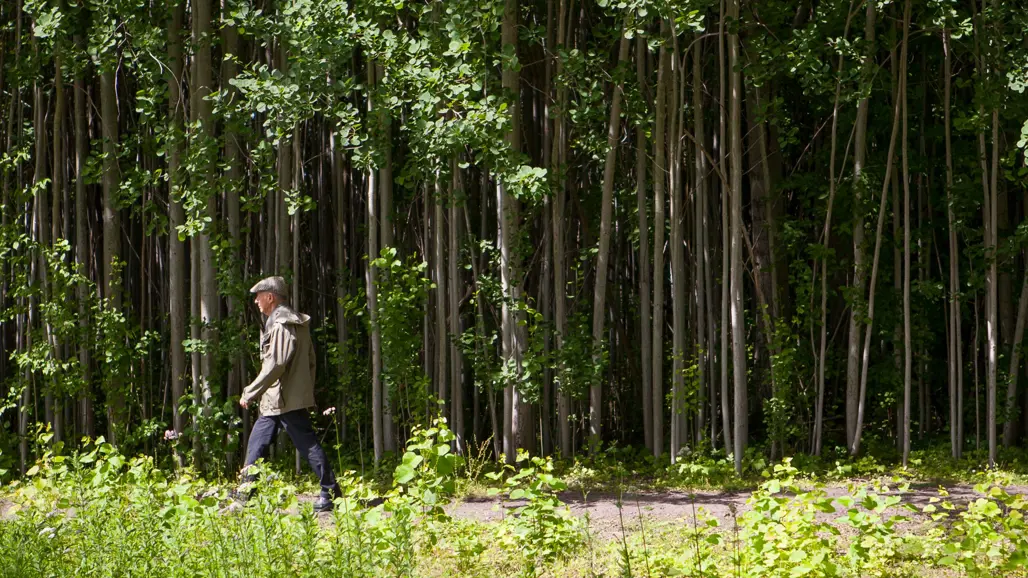
Alnarps's Västerskog
Alnarp’s Västerskog is part of the Alnarp Landscape Laboratory. It focuses particularly on studying landscape elements such as various forest stands, forest edges, streams, meadows, and more.
Purpose and Design
The aim of Västerskogen is to demonstrate the potential for creating forests and groves where environmental considerations are prioritized already at the planning stage. This approach provides good conditions for both recreation and the development of rich habitats for flora and fauna. The forest is thus already serving as a place for recreation as well as environmentally adapted timber production. The area covers approximately 13 hectares and was initiated in 1993 when streams and ponds were excavated. In 1994, the area south of Sundsvägen was planted, and the establishment of meadows began. The planting north of the road was carried out in 1998.
Water in the Landscape
A stream meanders through Västerskogen, gradually broadening and becoming more winding toward the south and the sea. Along this stream are three small water bodies of similar size but different designs: the Round Pond, the Organic Pond, and the Peat Hollow.
A Dynamic Forest
Forests and landscapes are dynamic systems, constantly changing and evolving. This dynamic nature can be guided in various directions. In Västerskogen, clear strategies and creative management are used to explore different design ideas, which may later be applied to other environments such as urban forests or park plantations. Some management practices, such as annual meadow mowing, are recurring, while others, like tree thinning, occur at longer intervals.
Forest Architecture
Västerskogen is framed by carefully designed forest edges and, despite its enclosed form, allows for views out into the surrounding landscape. Inside the forest, an open, winding path follows the water system for much of its length. The forest is composed of smaller tree stands connected in various ways. These stands consist of diverse species mixes, with variation in the number of species. There is also diversity in the vegetation layers—trees, shrubs, and ground vegetation.
Closer to the railway, simpler stands dominate. Around the two nearby ponds, the “Little Alnarp Grove” is being developed, inspired by the older grove south of the castle—one of the region’s richest and oldest woodlands. Several other stands are inspired by appreciated historical forests, such as those modeled after the "Trolleholm concept." In the southern section, darker, shade-producing tree species like beech have been planted to create a sensory and ecological contrast to the northern part, where lighter tree species like cherry are more prominent.
Glossary
1 hectare = 100 x 100 meters
Stand = a homogeneous section of a forest
Contact
-
PersonBjörn WiströmDepartment of Landscape Architecture, Planning and Management